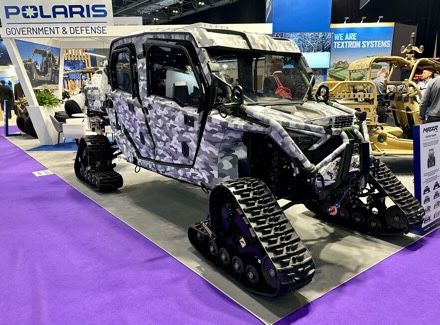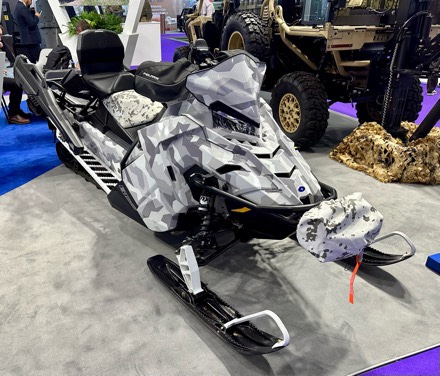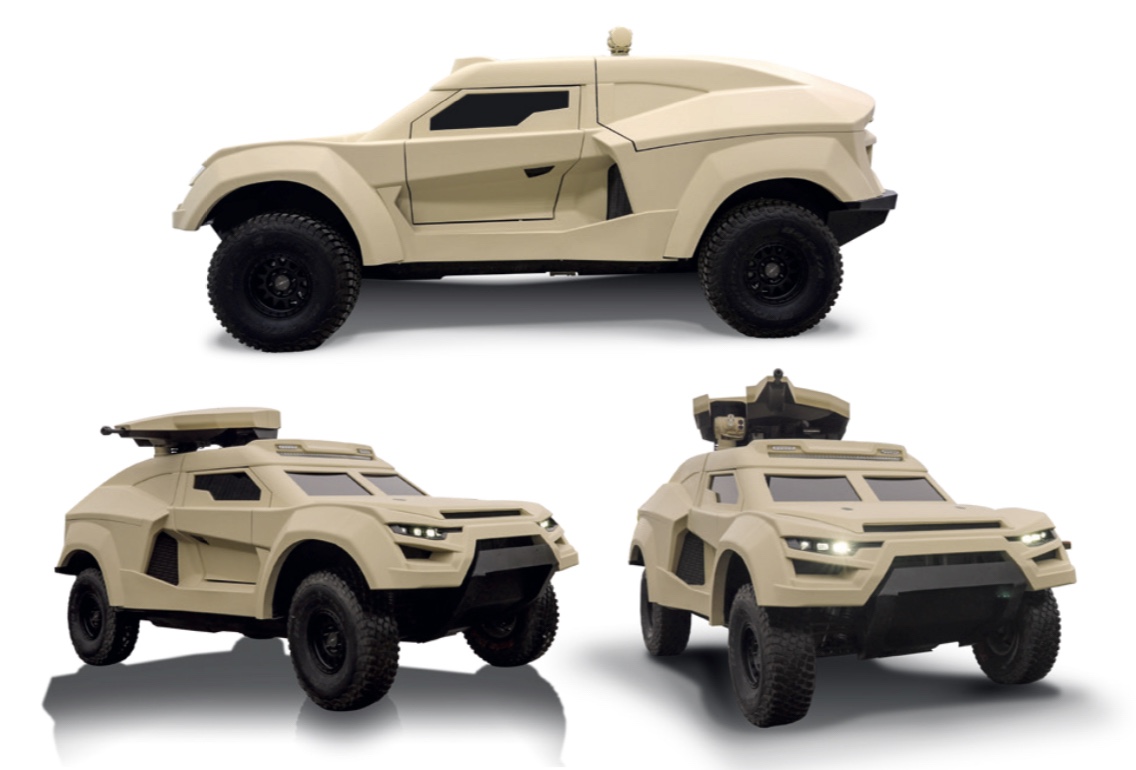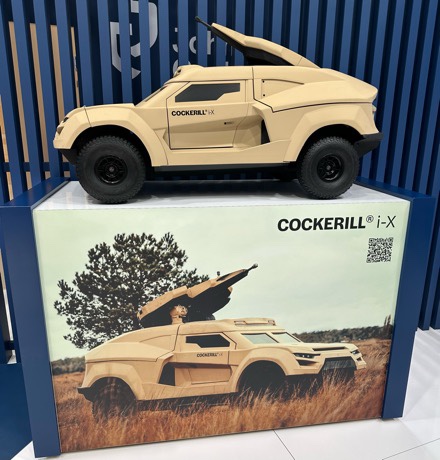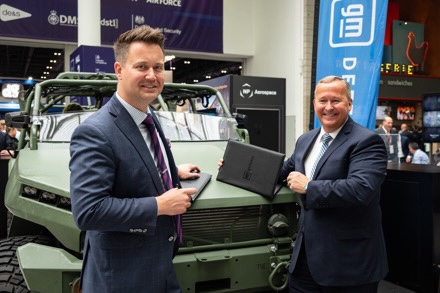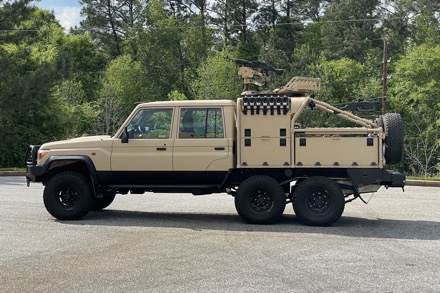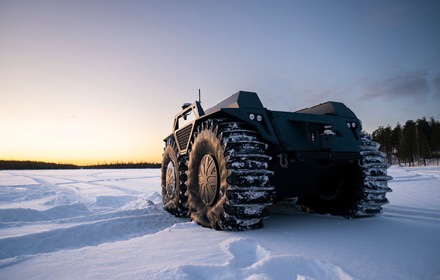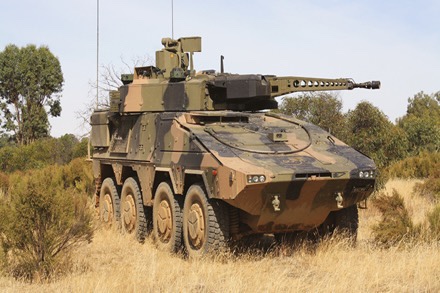With Executive Order 14057 requiring the Department of Defense to transition its non-tactical vehicles to a 100% zero-emission vehicle (ZEV) fleet, including 100% of light-duty acquisitions by 2027 and 100% of medium- and heavy-duty acquisitions by 2035, there’s an increased interest in Commercial Off The Shelf electric vehicles.
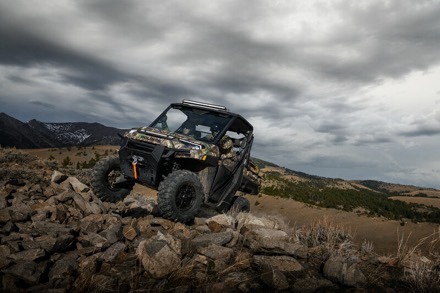
Polaris will be showing their Polaris RANGER XP Kinetic All-Electric Utility Vehicle at AUSA in booth
The RANGER XP Kinetic is an electric version of the Polaris RANGERs already in the motor pool which are primarily used for off-road, on-base transportation, hauling and towing.
It offers 110 horsepower, 140lb-ft of torque and the ability to tow 2,500 pounds and haul 1,250 pounds with three drive modes, Eco+, Standard and Sport.
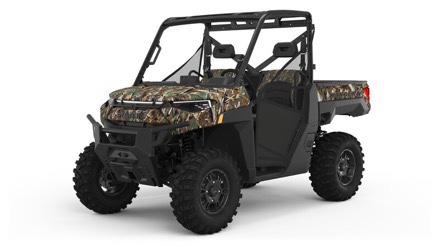
Offered in two models, the RANGER XP Kinetic’s drivetrain features fewer moving parts for lower maintenance costs and more uptime for increased productivity. Plus, the quiet electric powertrain means easier radio and face-to-face conversations as well as greater situational awareness. The RANGER XP Kinetic also boasts a rigid one-piece chassis, full-body skid plate and large front bumper to deliver maximum protection to the operator and vehicle. Ground clearance of 14 inches, 10 inches of suspension travel and 29-inch Pro Armor X-Terrain tires further increase durability of the RANGER XP Kinetic in even the roughest terrain.
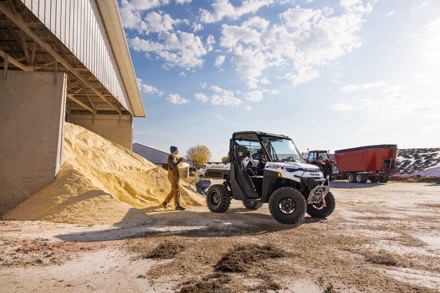
RANGER XP Kinetic Premium – 14.9kWh battery (Li-Ion technology) delivering up to ~45-mile range
XP Kinetic Ultimate – 29.8kWh battery (Li-Ion technology) delivering up to ~80-mile range
RANGER XP Kinetic Features:
– All-electric powertrain gives customers a sustainable option for off-road work
– The RANGER XP Kinetic has the ability to decrease total cost of ownership, reduce CO2 emissions and operate quietly
– Polaris UTVs have been replacing full-size trucks and vans for decades
– A full-size EV averages $66,000
– A budget-friendly alternative to full-sized vehicles, Polaris UTVs are less expensive to purchase, operate and maintain.
– This all-new, all-electric RANGER XP Kinetic is a significant offering for our government customers that need to incorporate more electric vehicles into their fleet without sacrificing utility, performance or durability
– Meets mandates for customers with limitations on combustion fleet expansion
– Provides full accessories of gas-powered, e.g. winch, cabs, cargo, etc.
– Class-leading 110 horsepower
– 140lb-ft of torque
– 2,500 lbs towing
– 1,250 lbs payload in the rear cargo box – 25% more than any other side-by-side
– 14” ground clearance
See the Polaris RANGER XP Kinetic All-Electric Utility Vehicle in booth #2917.


